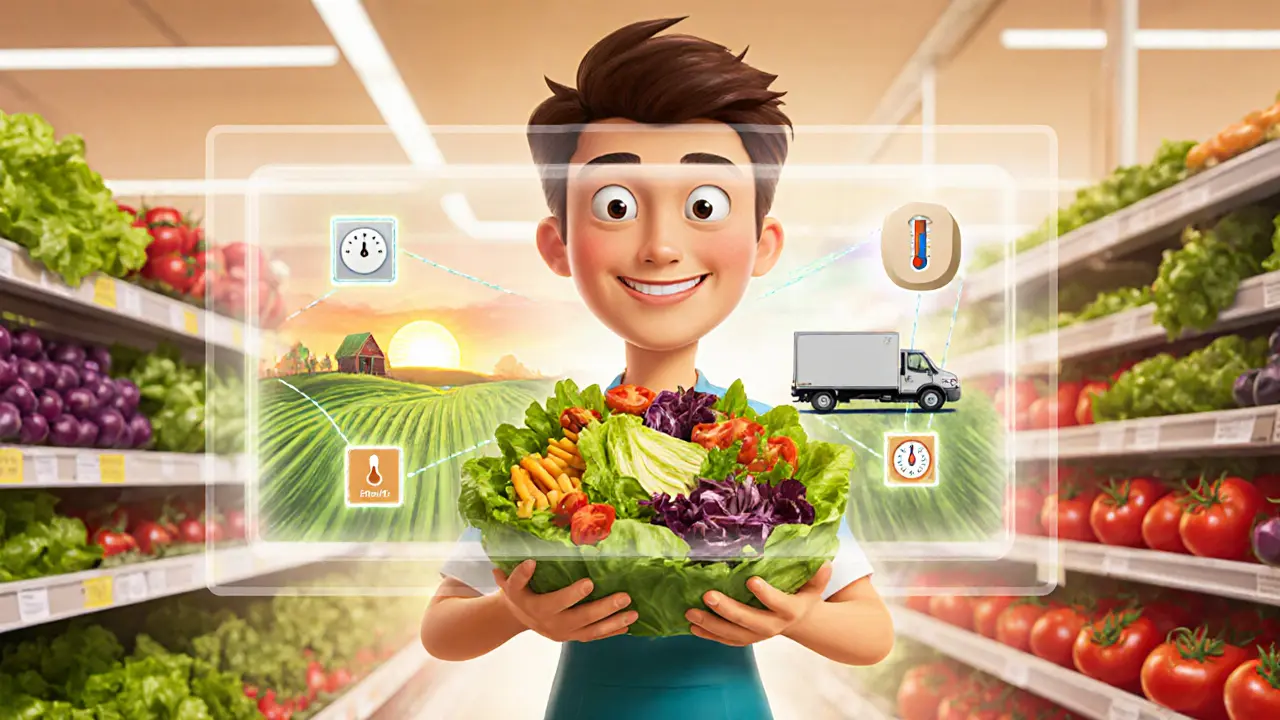Food & Beverage
When talking about Food & Beverage, the industry that moves everything you eat and drink from farms to forks, we instantly think of quality, freshness, and trust. Blockchain, a distributed ledger that records data in immutable blocks, distributed ledger technology steps in as a tool that can lock down every transaction along the chain. Food Safety, the set of practices that keep food free from harmful contaminants, food quality assurance depends on clear, real‑time information, and that’s where blockchain shines. In simple terms, Food & Beverage encompasses supply chain activities, requires transparency to protect consumers, and benefits from technology that guarantees data can’t be altered.
Why Traceability Matters
Supply Chain Transparency, the ability to see every step a product takes from origin to sale, visibility is more than a buzzword. It means a farmer can prove pesticide use, a processor can confirm temperature logs, and a retailer can answer consumer questions instantly. When a contamination event hits, transparent data lets companies pinpoint the exact batch, stop the spread, and get safe products back on shelves quickly. This reduces recall costs, protects brand reputation, and most importantly, keeps people healthy.
Implementing blockchain in Food & Beverage isn’t a futuristic dream; many companies have already taken the first steps. Real‑world case studies show that using a shared ledger cuts paperwork by up to 60 % and speeds up verification from days to minutes. The process usually starts with digitizing existing records, assigning a unique identifier to each product unit, and linking sensor data—like temperature or humidity—to that ID. Over time, the system builds a trusted history that every participant can read but no one can tamper with.
Standards play a key role in making these systems work across borders. GS1 Standards, global identifiers and data carriers used for product tracking provide the common language that lets different blockchains talk to each other. When a grocer in Europe scans a barcode, the same GS1 code can pull the blockchain record created by a farm in South America. This cross‑compatibility ensures that the traceability promise holds true no matter where the product travels.
Looking ahead, the trends point toward even tighter integration with Internet of Things (IoT) devices. Sensors that monitor freshness could automatically write data to the blockchain, creating a live fitness report for each food item. Smart contracts could trigger payments the moment a shipment meets all predefined conditions, eliminating delays and disputes. As regulations tighten around food labeling and origin disclosure, blockchain offers a ready‑made solution that satisfies auditors and satisfies shoppers.
What you’ll find in the collection below reflects this fast‑moving landscape. From step‑by‑step guides on setting up a blockchain for your supply chain to deep dives on GS1 adoption, each piece gives you actionable insight you can apply today. Whether you’re a farmer, a logistics manager, or a tech enthusiast, the articles will show how to turn transparency into a competitive edge.
Ready to see how the Food & Beverage world is reshaping safety with blockchain? Browse the posts below and discover practical tips, real case studies, and future‑ready strategies that can add real value to your business.
How Blockchain Improves Food Safety Traceability
Explore how blockchain transforms food safety traceability, the standards involved, real‑world case studies, step‑by‑step implementation, and future trends.
- 21
- Read More
